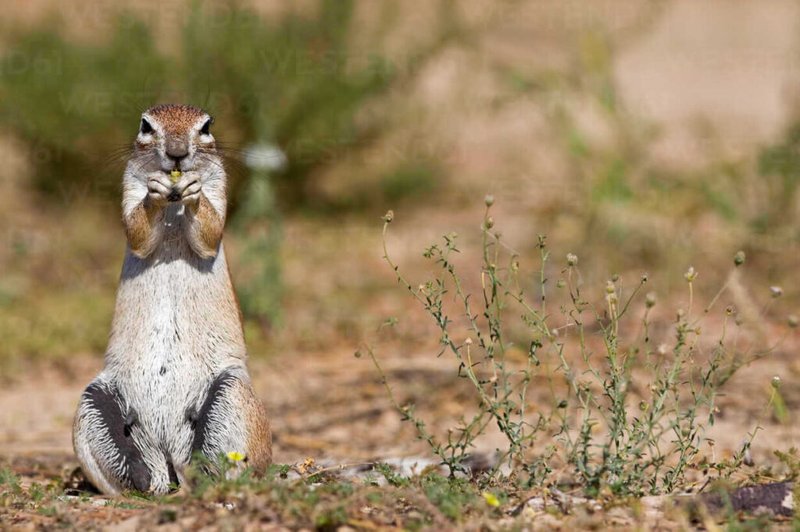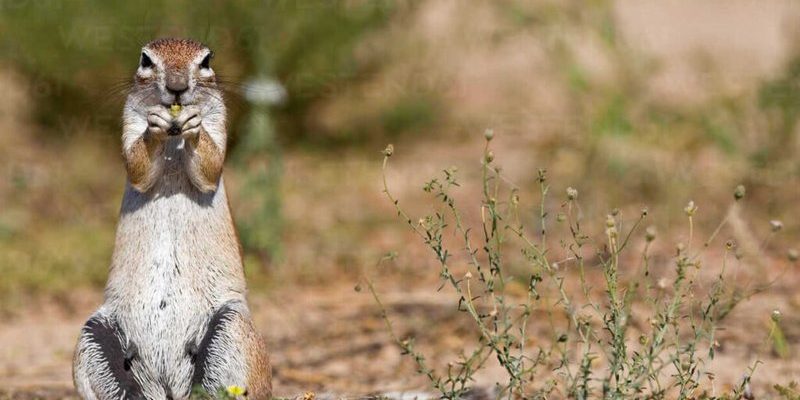
Understanding Xerus: Habitat and Behavior
The xerus is a lively little creature that thrives in various environments across Africa, from savannas to semi-arid regions. These animals are social and often live in colonies, which help them spot predators easily. They’re known for their delightful behaviors, such as digging burrows or chasing each other around. Imagine a small, furry football team, always in motion and playing their hearts out!
Their diet consists mainly of seeds, fruits, and roots, making them essential players in their ecosystem. By foraging, they help spread plant seeds, which is vital for maintaining plant diversity. But here’s the thing—when their habitats are encroached upon or altered, these cheerful squirrels face tough times finding food and shelter. You might picture the struggle of a child trying to play soccer on a field that’s been turned into concrete. That’s what the xerus is experiencing in its natural habitat.
Threats to the Xerus Population
Despite their adaptability, the **xerus** faces some serious threats. The primary issue is **habitat loss**. As human populations grow, more land is cleared for agriculture and urban development. This means fewer places for xerus to live, breed, and find food. Imagine how challenging it would be if your favorite park was replaced with a shopping mall—it would be like losing a home.
Another significant threat is **climate change**. Altered weather patterns lead to less predictable food availability. Droughts can make seeds scarcer, while increased temperatures can change the types of vegetation that grow in their habitats. You might picture a xerus wandering from one dry patch to another, hoping to find something to eat, only to be disappointed again and again.
Finally, **hunting** and **poaching** also contribute to their decline. While xerus are not the largest targets, they can be trapped or hunted for food, especially in certain regions. This dual threat of habitat loss and hunting is a recipe for trouble for our little friend.
Conservation Status and Efforts
So, where does the xerus stand regarding conservation? Currently, the xerus is not classified as endangered on a global scale. However, some species or populations are considered vulnerable, primarily due to the aforementioned threats. Conservationists are beginning to realize the importance of these small mammals and are working to ensure their protection.
Several organizations are actively engaged in conservation efforts. They aim to protect the habitats of the xerus through various means, like establishing protected areas or promoting sustainable land practices. By collaborating with local communities, these groups seek to educate people about the significance of the xerus and the ecosystems they inhabit. Honestly, it’s about creating a win-win situation where people and wildlife can coexist harmoniously.
What Can You Do to Help Xerus Conservation?
You might be wondering how you can make a difference for the xerus and similar wildlife. Every little bit helps! Here are some practical steps you can take:
- Educate Yourself: Understanding the challenges faced by species like the xerus is the first step. The more you know, the better equipped you are to help.
- Support Conservation Organizations: Consider donating to or volunteering with groups that focus on wildlife conservation. Your contribution can help fund critical research and habitat preservation efforts.
- Spread Awareness: Share what you learn about the xerus with friends and family. Social media can be a powerful tool for raising awareness about wildlife issues.
- Adopt Sustainable Practices: Choosing to support sustainable agriculture helps ensure that habitats remain intact and that wildlife has a fighting chance.
By taking these steps, you can contribute to the survival of the xerus and its habitats. It’s like planting a seed of change that can grow into something beautiful.
Cultural Significance and Community Involvement
The xerus holds a unique place in some local cultures. In certain communities, these squirrels are celebrated in stories and folklore, symbolizing agility and resourcefulness. This cultural significance can be harnessed to foster respect for wildlife and their habitats.
Involving local communities in conservation efforts is crucial. By integrating traditional knowledge with modern conservation practices, we can create a more effective approach to protecting the xerus. For example, some organizations have developed programs that educate locals about the ecological importance of the xerus, helping to foster a sense of stewardship and responsibility toward the land and its inhabitants.
Building a relationship between people and nature helps ensure a better future for both. It’s like teaching kids the value of teamwork—they learn that by working together, they can achieve greater goals.
The future of the xerus hangs in a delicate balance. While it may not be endangered yet, the challenges it faces are real and pressing. Conservation efforts are picking up pace, but every individual’s involvement can make a significant impact.
As we continue to learn and adapt in the face of environmental changes, let’s not forget about these little creatures that play a vital role in their ecosystems. By taking action and supporting conservation initiatives, we can help ensure that future generations will still have the opportunity to enjoy the playful antics of the xerus. Hopefully, we can create a world where these adorable squirrels thrive, reminding us of the beautiful connection we share with nature.

